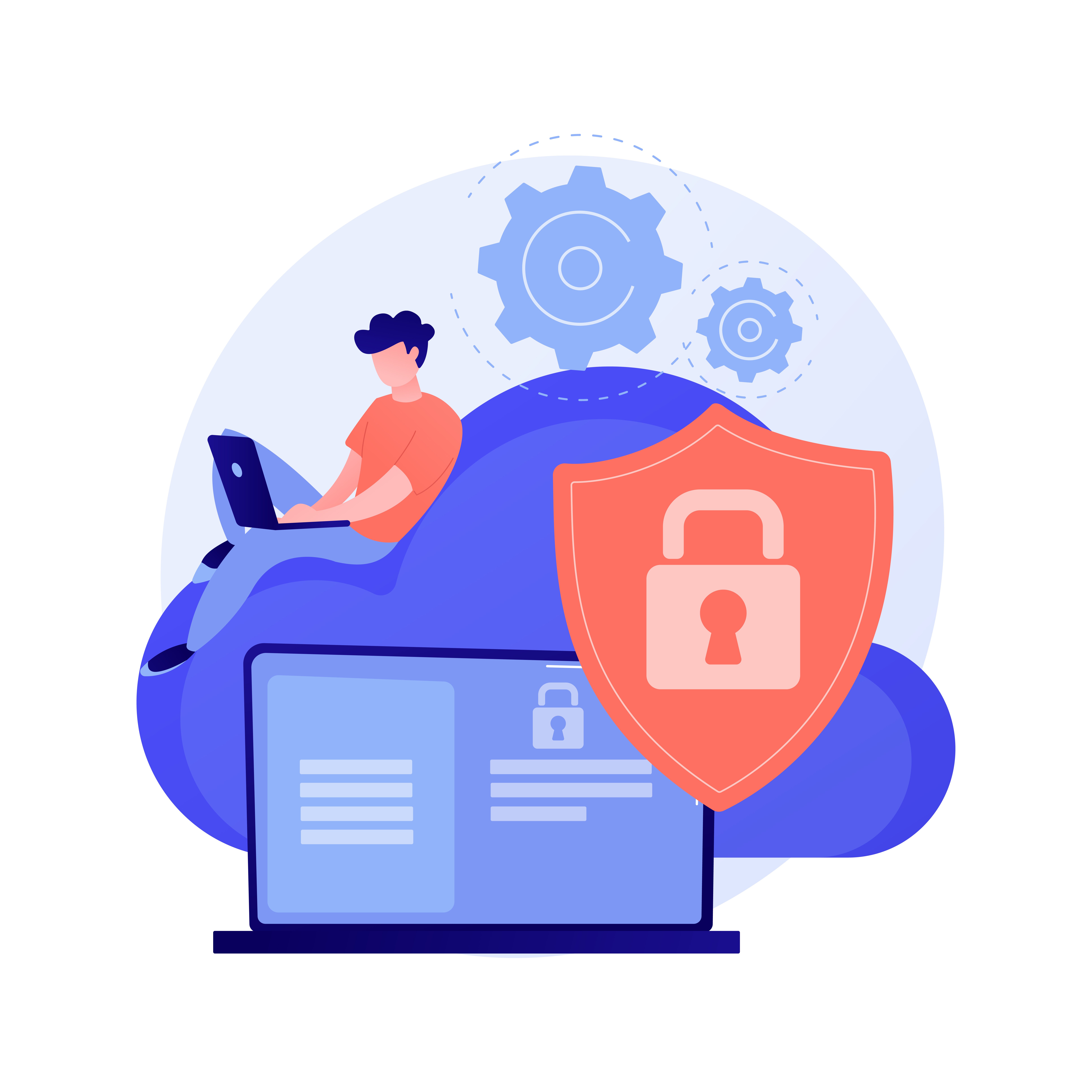Security consideration is the evaluation of potential security risks and threats and the subsequent implementation of countermeasures. Designing and implementing security measures to safeguard software systems, data, and users against potential dangers including hacking, data breaches, malware, and other cyber-attacks are security issues in the context of software development.
In order to lower the risk of security breaches, security considerations comprise locating potential vulnerabilities and putting in place the necessary security measures. This involves steps like user education, user authentication, secure coding practices, frequent software updates, security testing, and encryption.
Organizations can better safeguard themselves and their users from potential security risks and lower the risk of financial loss by giving security issues the attention they deserve during the development and implementation of software systems.
Here are 10 security considerations for business software:
1. Secure authentication:
Verifying a user’s or device’s identity is the process of authentication. Strong authentication methods such as multi-factor authentication, password complexity requirements, and biometric authentication can help ensure that only authorized users have access to the software and its data.
Features:
- Multi-factor authentication: requires users to provide multiple forms of identification, such as a password and a fingerprint, to access the software.
- Password complexity requirements: require users to create strong passwords that are difficult to guess or brute-force.
- Biometric authentication: allows users to authenticate using physical characteristics, such as their fingerprint or face.
2. Encryption:
Encryption is the process of converting data into a code to protect it from unauthorized access. Using encryption to protect sensitive data both in transit (e.g., through SSL/TLS) and at rest (e.g., with disk encryption) can help prevent data breaches and unauthorized access to sensitive information.
Feature:
- Strong encryption algorithms: use industry-standard encryption algorithms, such as AES or RSA, to protect data.
- SSL/TLS: use secure transport protocols, such as SSL/TLS, to encrypt data in transit.
- Disk encryption: use disk encryption to protect data stored on a device or server.
3. Access control:
Access control refers to the practice of limiting user access to only the data and functionality that they need to do their job. Implementing access control can help prevent unauthorized access and minimize the impact of a security breach.
Features:
- Role-based access control (RBAC): defines roles and permissions for users based on their job function or responsibility.
- Least privilege access: gives users the minimum level of access necessary to perform their job function.
- Access control lists (ACLs): restrict access to specific data or functionality to a subset of users.
4. Regular updates and patches:
Software updates and patches often include security fixes for known vulnerabilities. Keeping the software up to date with the latest security patches and updates can help minimize the risk of vulnerabilities and prevent cyber-attacks.
Features:
- Automatic updates: enable automatic updates and patches for the software to ensure that it is always up to date.
- Patch management: implement a process for testing and deploying software patches and updates to minimize downtime and disruption.
5. Backup and disaster recovery:
Having a backup plan in place to recover data in case of a security breach or disaster is critical for business continuity. Regular backups can help ensure that critical data is not lost in the event of a security incident.
Features:
- Regular backups: regularly backup critical data to ensure that it is not lost in case of a security incident or disaster.
- Disaster recovery plan: have a plan in place for recovering from a disaster, such as a cyber attack, natural disaster, or hardware failure.
6. Security testing:
Security testing is the process of evaluating the security of software systems to identify vulnerabilities and weaknesses. Regular security testing can help organizations identify and address security issues before they can be exploited by cybercriminals.
Features:
- Vulnerability scanning: use vulnerability scanning tools to identify potential weaknesses in the software and infrastructure.
- Penetration testing: simulate an attack on the software and infrastructure to identify vulnerabilities and weaknesses.
- Code review: review the source code of the software to identify potential vulnerabilities and weaknesses.
7. User education:
Training users on best practices for data security, such as using strong passwords, not clicking on suspicious links, and avoiding public Wi-Fi networks, can help prevent security incidents caused by human error.
Features:
- Security awareness training: provide training and education to users on best practices for data security, such as avoiding phishing scams and using strong passwords.
- Regular reminders: regularly remind users of security best practices to keep them top of mind.
8. Secure coding practices:
Secure coding practices are a set of guidelines and best practices that can help developers minimize the risk of introducing security vulnerabilities into the software during development. Using secure coding practices can help prevent vulnerabilities such as buffer overflows, SQL injection, and cross-site scripting (XSS) attacks.
Features:
- Input validation: validate all input from users to prevent vulnerabilities such as buffer overflows and SQL injection.
- Code review: review the source code for potential security vulnerabilities and weaknesses.
- Error handling: handle errors in a secure manner to prevent information disclosure or other security issues.
9. Compliance with regulations:
Many industries are subject to regulations that govern the handling of sensitive data. Ensuring that the software is compliant with relevant regulations such as GDPR, HIPAA, and PCI DSS can help organizations avoid costly fines and reputational damage.
Features:
- Data protection policies: develop and enforce policies and procedures for protecting sensitive data.
- Compliance audits: conduct regular audits to ensure that the software and infrastructure are compliant with relevant regulations and standards.
- Risk assessments: perform regular risk assessments to identify and mitigate potential security risks.
10. Incident response plan:
An incident response plan is a set of procedures and protocols that can help organizations quickly and effectively respond to security incidents. Having an incident response plan in place can help minimize the impact of a breach and prevent further damage.
Features:
- Incident response team: establish a team to respond to security incidents and develop a clear chain of command and communication.
- Incident response plan: develop a plan that outlines procedures for responding to security incidents, including identifying and containing the incident, analyzing the impact, and restoring systems and data.
- Testing and training: regularly test and train the incident response team to ensure that they are prepared to respond to a security incident.
Conclusion
Security considerations for corporate software have become more crucial in the current digital world. Securing business software is essential for safeguarding sensitive data and avoiding cyber-attacks. A secure software system must take into account the ten security factors mentioned above, including secure authentication, encryption, access control, routine updates and patches, backup and disaster recovery, security testing, user education, secure coding practices, compliance with regulations, and incident response plans.
Businesses can build a solid and secure software system that can defend against cyber-attacks and offer users a safe and dependable experience by putting these security principles into practice.



































